World Fine Art Professionals and their Key-Pieces, 375 - Rose-Marijke Weiss
World Fine Art Professionals and their Key-Pieces, 375 – Rose-Marijke Weiss
Recently, work by Rose-Marijke Weiss was shown in The Hague Art Circle (Haagse Kunstkring). I saw graphic works in which women could be recognized. In a booklet about her work, also on display there, I saw the wide and varied oeuvre of this artist, with not only graphic work, but also watercolors, paintings, design and photography.
It is art that evokes emotions and feelings. I spoke with the maker, Rose-Marijke, in the upstairs room of The Hague Art Circle about her work.
Alchemy, Astrology, Mythology
She tells that she took the path to being an artist relatively late. She was 40. Before that she had completed classical ballet training with the Opera Ballet in Amsterdam and briefly danced with the Dutch Ballet under the direction of Sonia Gaskell. She married young and had two children.
In the meantime single, she chose her own route, which started in 1982 with an evening course in architectural design at the Hague Academy.
At the same time, she studied occult and esoteric sciences in Amsterdam, where she immersed herself in transpersonal psychology and Eastern religions. Alchemy, astrology, mythology, turned out to be important sources of inspiration for her. She went to work at the Grafische Werkplaats Inkt on the Prinsegracht, where she learned a lot. She exhibited at Galerie Inkt in The Hague and Galerie Clement in Amsterdam and participated in the Zuid-Hollandse Grafiekmanifestaties (1993, ’95, ’97, ’99) and GRAFIEK NU 8, 9 and 10 in the Singer Museum in Laren and various Biennials of Dutch Graphic Art.
The Kokoschka Akademie
In 1983 she went to Salzburg, to the Kokoschka Akademie, founded in 1953 by Oskar Kokoschka. She was taught by Professor Giselbert Hoke and Corneille, among others. Several summers she attended the Internationale Sommerakademie für Bildende Kunst in the Festung Hohensalzburg as ‘Schule des Sehens’. That really appealed to her. Rose-Marijke: “I came into contact with the vitality of German Expressionism with its bright colors and the emphasis on graphics (woodcuts). In 1995 I did graphics with Adriena Simotova (Prague) and I was asked to exhibit my graphic work in Dresden. It was shortly after the Wende (1989). I accepted and the work was well received. It resulted in my first group exhibition ‘Farbhorizonten’ (1995). That was also the beginning of a fruitful period of collaboration with the Grafische Werkstatt .”
With her versatile background, she immediately felt at home there. There was great solidarity between the artists there. “The artist group Die Brücke originated in Dresden. Including Ernst Ludwig Kirchner.”
She started working in her own studio in Dresden and had regular exhibitions to this day. “I found my niche in graphic work. I got a lot of response. A world opened up for me there. I became a member of the Sächsischer Kunstverein.” It went well, and it is going well. Her work is in several galleries in Dresden and she went with her regular gallery to several German art fairs. Her activities in The Hague went to a low ebb , but the connection with The Hague remained.
What is her art about?
Rose-Marijke: “It’s about the spiritual in art. Works of art are symbols, that which was unconscious is brought to consciousness. Art expresses the creator’s imagination in such a way that it speaks directly to us. Active participation of the spectator is therefore required if there is to be a dialogue……. Your own imagination is activated and invites you to take a position. The artwork is actually only half-finished and the artist invites the viewer to finish it.”
Her art is ‘transpersonal’. “By uniting apparent contradictions, a new reality is created. It is not caught in the boundaries of culture and time.” Its source is in magical art. It has always existed in what is called visionary, fantastic or mystical art.
Jung
Sources of inspiration are French Symbolism (Ranson, Gauguin, Denis, Les Nabis), Abstract Expressionists such as Hans Hofmann, Kandinsky, Klee. In addition, Carl Gustav Jung’s ideas about the collective unconscious, in which the history of all humanity is stored and his concepts such as the symbol, the archetypes, anima and animus and the shadow. “In his monumental work, Erich Neumann brilliantly analyzes the archetype ‘The Great Mother’.”
Jung believed that art could restore lost contact with the unconscious. In this way, that which lies in the unconscious could be made conscious again. Artists could play an active role in this. Rose-Marijke: “In this context, the concept of Totem art is relevant. Everything revolves around the discovery of the primitive in human nature. The first artists were probably shamans, in trance they could enter the underworld of the unconscious and were able to return to the realm of the living to express this experience in art. The genius of a people is essentially expressed through its totem. It animates the Lascaux and Altamira caves of prehistoric man from 40,000 years ago. It can still be found in the artworks of certain primitive societies (tropical Africa, the islands of the South Pacific and of the Americas).” This magical art is an important source of inspiration in our time. Picasso was very much guided by African art. Jackson Pollock by Native Tribal Art. Icon painting and modern painting also coincide with this.
“The world of primitive man, prehistory and the early history of mankind give modern man a new place in the world and in the cosmos. They show him the dark soil in which he is rooted and from which he arises. This goes against the traditional belief that man is the center of the universe and equal to God.”
Philosophy of life
Certain thinkers and philosophers thought about this and published books about it. “It is thinkers like Henri Bergson, Schopenhauer and Nietzsche who formulate a ‘Philosophy of Life’.” The philosophy of life emphasizes in her thinking the creative and dynamic event of life itself, which she argues cannot be grasped in traditional scientific or rational terms. It is strongly linked to vitalism, which holds that life should only be understood from an immanent life force, and irrationalism, which holds that reason is not the appropriate means of understanding reality.
The primitive in man
Rose-Marijke: “Everything revolves around the primitive in man. That’s why primitive art is important to me, which is purely intuitive. Everything is coincidental in life. The world needs a spiritual transformation in which the feminine element becomes more central. This theme is important to me because the one-sidedness of our cultural development, the extreme materialism and technology have resulted in a spiritual impoverishment. A new movement is emerging: the return of the Feminine. Once – before patriarchal society and religions – the feminine reigned with classically feminine values of intuition, instinct, feeling and emotions.”
She uses her varied life between Dresden and The Hague as a metaphor for unity in diversity, the union of opposites, the connection between spirit and matter, heaven and earth, spirituality and materialism, and also as a bridge between intuition and reason. In 2002 she showed it in the exhibition ‘Die Gemeinsamkeit der Gegensätze’, at Galerie Brigitte Utz.
Key work
Does Rose-Marijke have a key work, a work that gave a new twist to her oeuvre? She has. It’s called Moon Woman. She shows it on her phone. A colourful, expressive work. “Following my solo exhibition in 1991 at Galerie Kadans where this painting hung, I was commissioned by Organon to make a new painting with the theme of in-vitro fertilization. Treating women who are infertile.” Large calendars were made and distributed to gynaecologists in the Netherlands. Whoever guessed the title of the new painting won the painting. The winner was a hospital in Rotterdam. She thought it was a great assignment. “And it is no coincidence that this theme came my way.”
Most important is that her art evokes emotions and feelings. Finally, Rose-Marijke: “As a graphic artist and painter I wish to express my own feelings and experiences in images. The traditional truth is no longer the norm, but the truth is reality for me.”
Images
1) Woodcut lino chine à collé 1-5, 55×75, 2008, 2) Woodcut lino collage 1-5, 55×75, 2008, 3) Woodcut lino collage 1-5, 55×75, 2008, 4) 2nd Woodcut lino collage 1-5 , 55×75, 2008, 5) Akkadian landscape lino, 2004, 6) Moon woman, 1991, 7) When nature falls short, commission Organon, 1992, 8) The Magican, 1994, 9) Iron Venus, September 2003, 10) Rose-Marijke Weiss, Galerie Am-Damm, 2008
https://rosemarijkeweiss.nl/https://www.instagram.com/rosemweiss/https://haagsekunstkring.nl/index.php/cb-profile/1996-rose-marijke-weisshttps://ifthenisnow.eu/nl/verhalen/de-wereld-van-de-haagse-kunstenaar-118-rose-marijke-weiss
Disclaimer: The views, opinions and positions expressed within this guest article are those of the author Walter van Teeffelen alone and do not represent those of the Marbella Marbella website. The accuracy, completeness and validity of any statements made within this article are not guaranteed. We accept no liability for any errors, omissions or representations. The copyright of this content belongs to Walter van Teeffelen and any liability with regards to infringement of intellectual property rights remains with the author.

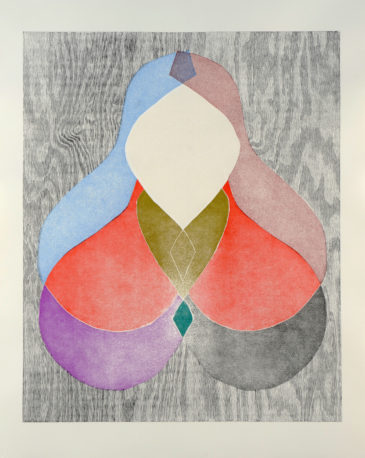

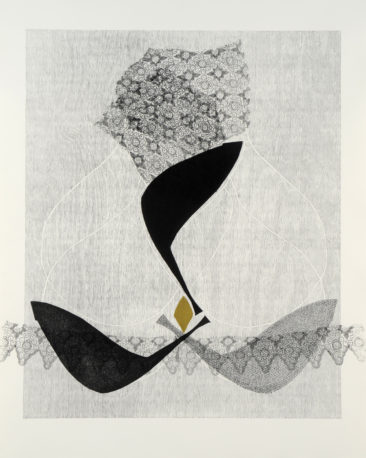

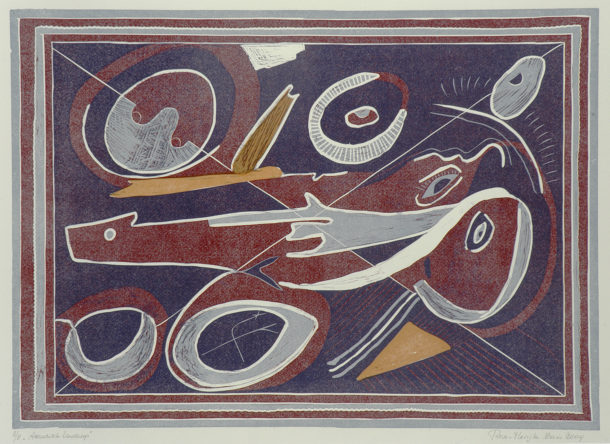
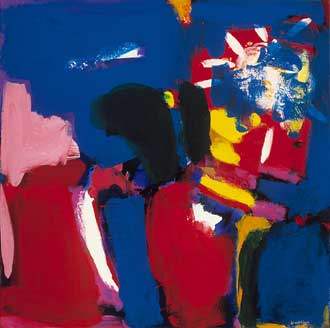
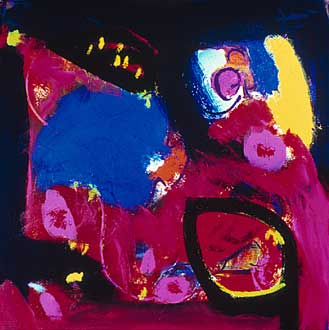

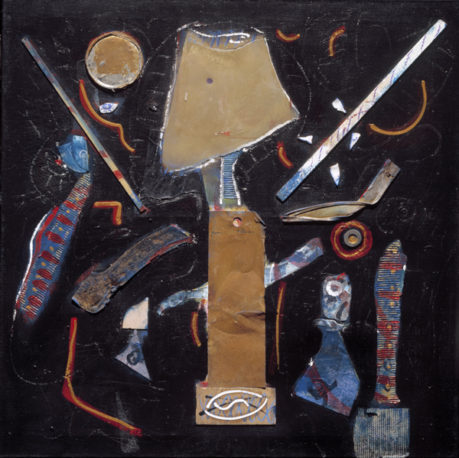
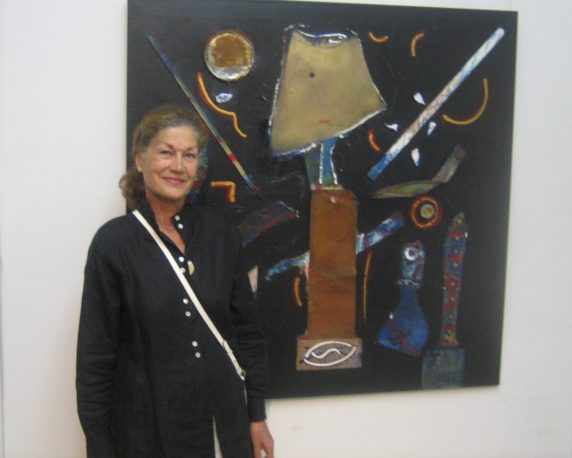














The opinions expressed by individual commentators and contributors do not necessarily constitute this website's position on the particular topic.